Costume Jewelry verses Artisan Made Jewelry Part 1
What is Costume Jewelry?
Jewelry made with inexpensive materials or imitation gems.
This type of jewelry usually starts with a base metal such as tin. The metal is treated to resemble a more expensive metal such as gold, silver, or platinum. Traditionally, fake stones made from glass or paste were used; however, some costume jewelry uses real gemstones that are less expensive versions of their precious counterparts. Usually, the “stones” used are large and involve flashy cuts.
It tends to be flashy and sometimes over the top with gaudiness, although subdued costume jewelery that is designed to imitate more upscale jewelry is also available. This type of jewelry is popular among fashion and set designers, as well as people who want to have a little bit of fun with their accessorizing. It can be found in vintage stores as well as retail stores specializing in accessories.
Originally used as props, costume jewelry originated on stage sets. Jewelry for the stage was designed to be larger than life so that it would be visible to the audience, and it was a cheap way to make the set for a stage production more rich and lively. Some actors became attached to these gaudy additions to their costumes, and started wearing it off the stage as well. For someone of lower income, it can be a way to dress up without spending too much money.
Costume jewelry is made in all sorts of styles from Victorian inspired brooches to imitation pearl necklaces. Rings, bracelets, earrings, and other jewelry accessories all come in costume as well as regular form.
How is Custome jewelry made?
The fabrication process for nearly all metal-based costume jewelry falls into one of three broad categories: cast, die stamp and manipulated construction. Let’s explore one of these methods that were, and still are, used to create costume jewelry.
CASTING: Lost WAX AND SPIN CASTING METHODS
As a goldsmith with journeyman's degree since 1086 I am well schooled in the wax model process as well as casting in creating 18 ct gold components.
So let me give you a little insight in this process.
First, a designer or artist creates a model (master pattern) from wax, clay, wood, plastic, metal or other material. Wax is typically used for costume jewelry models, as it can capture tiny details and nuances of shape. The model is impressed into a two-part master mold (die) that is made from plaster or rubber.
The mold is then hardened to capture the inverse design. Working models (wax patterns) are made by pouring liquid wax into the master mold, and allowing the wax to harden. The two-part mold is then opened to remove the wax model.
If a single piece is being manufactured, a pouring channel (sprue) template is attached to the working model.

If the piece is small, or is a component rather than a single piece of jewelry, multiple models may be assembled on a wax runner also called tree, because of it's resemblance. The final mold (investment) is made by placing the wax pattern or runner into a container (flask) and pouring in a liquid material (usually plaster or ceramic powder mixed with water).
The mold is allowed to dry completely, then is turned upside down and placed in a heating unit to melt out the wax. This is done very quickly to avoid cracking or breaking the mold, allowing some of the wax to liquefy and drain as the remaining wax continues to expand. Using high heat, the mold is burned out to remove any residual wax and moisture. The mold is then firmly secured in a frame or other structure with the opening facing upwards. The metal to be used for the casting has already been measured, heated and liquefied, and is poured into the mold. The mold may be placed in a centrifuge or vacuum machine to assure that the metal completely fills all crevices. If white (pot) metal is being cast, it will harden quickly on its own as it cools, and the mold is broken by hand to release the cast piece. If the metal being cast is silver, the mold is quenched in water. This cools and sets the piece, and shatters the mold.
MATERIALS FOUND IN COSTUME JEWELRY
White metal looking like precious mental is a mix of different metals that always includes tin and lead with other metals such as bismuth, antimony, cadmium (not to be confused with precious white metals such as platinum, rhodium, white gold, etc.). It was the basic vintage costume jewelry casting material, and each manufacturer had their own alloy or alloys to be used for casting, with the recipe being a well-guarded trade secret. So be aware, when you buy "VINTAGE COSTUME JEWELRY"
Look forward to part 2 to be released soon!




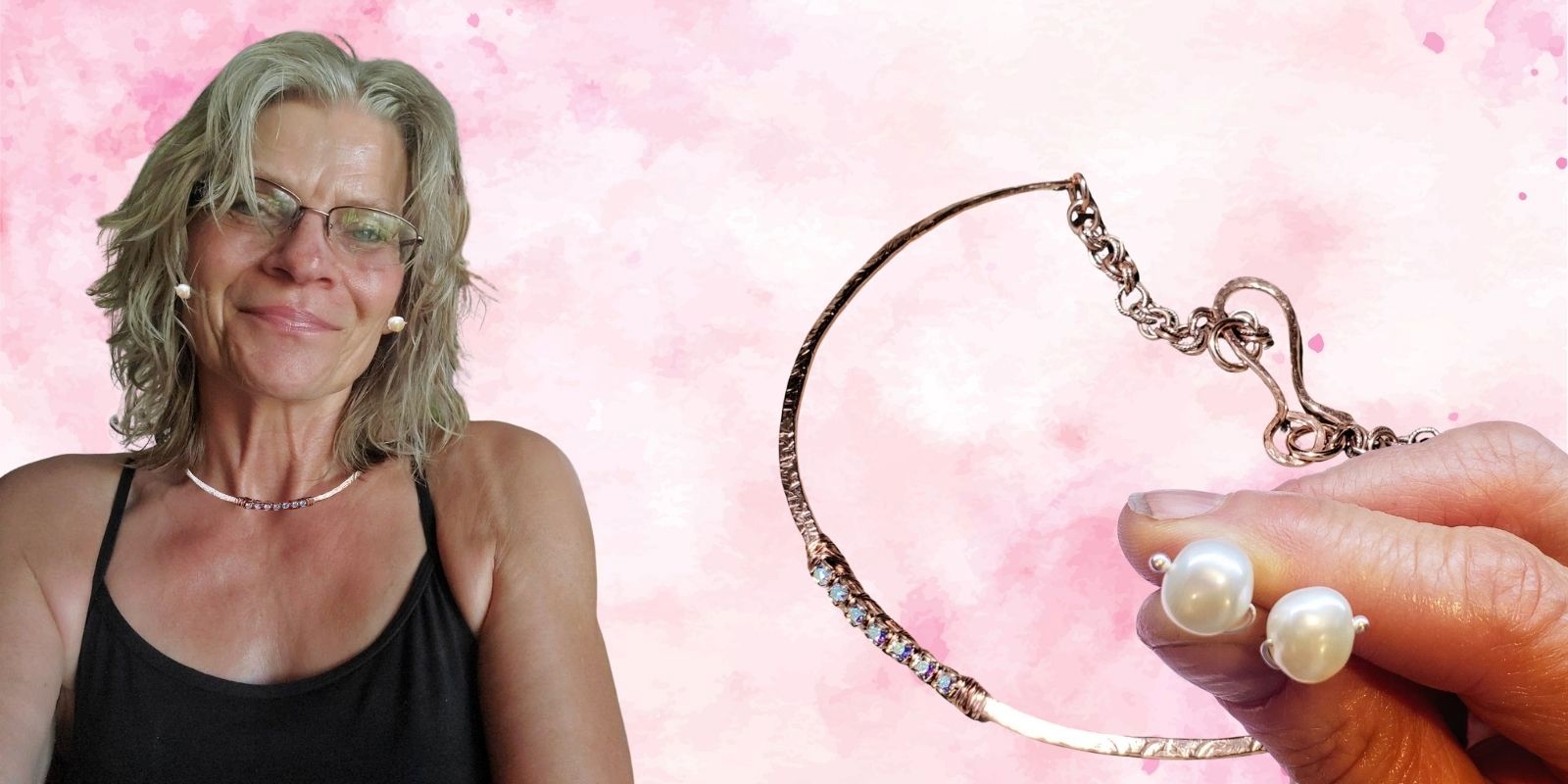








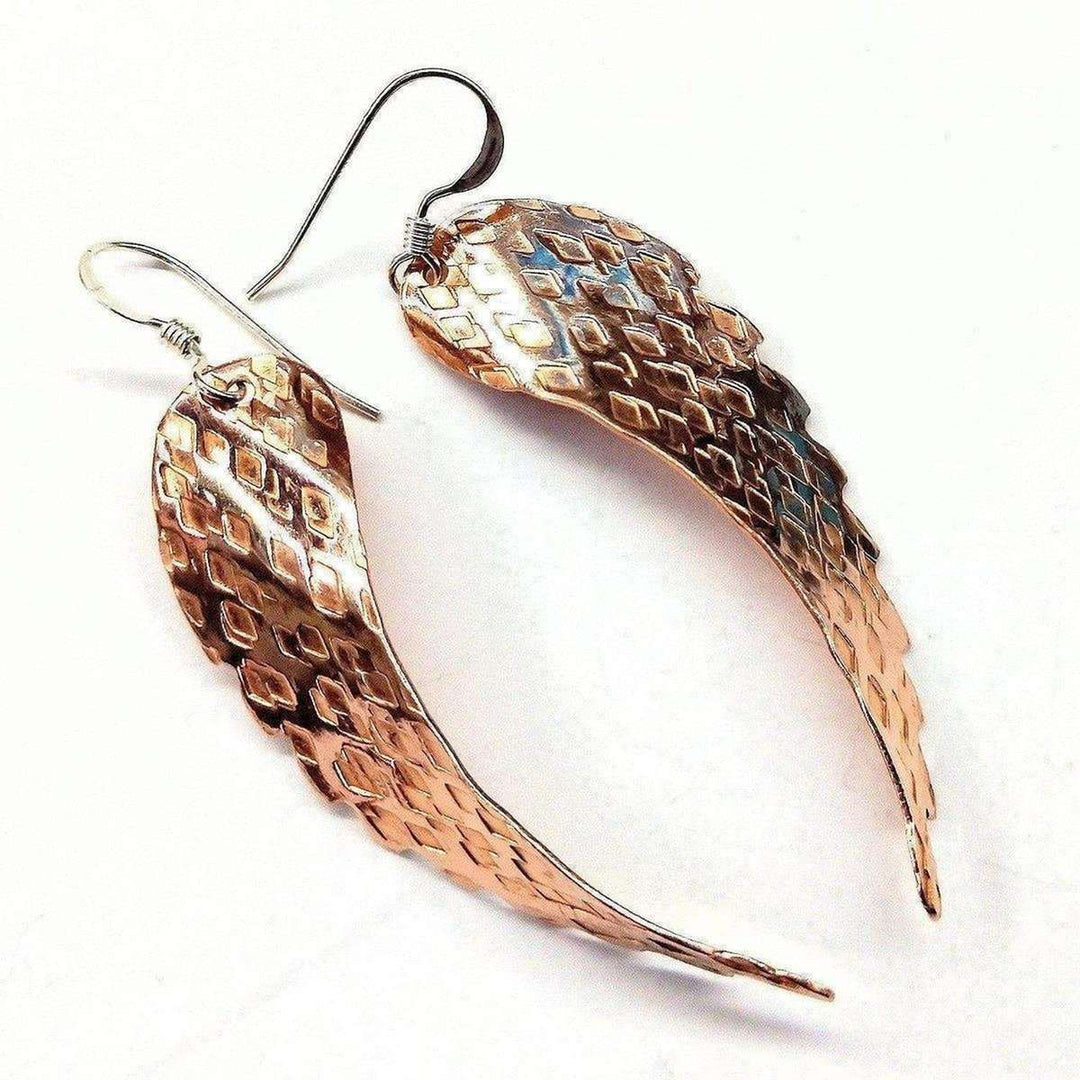


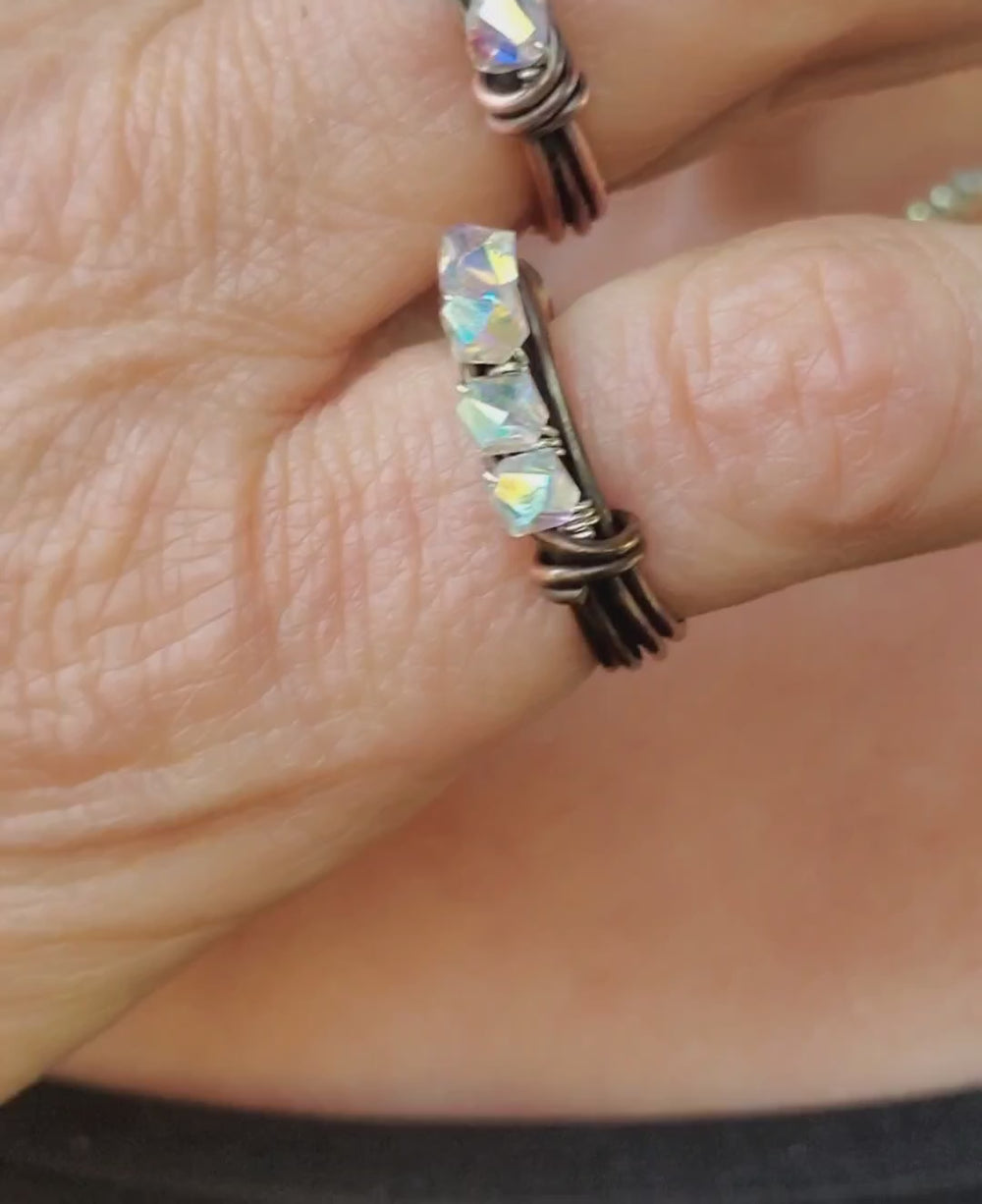




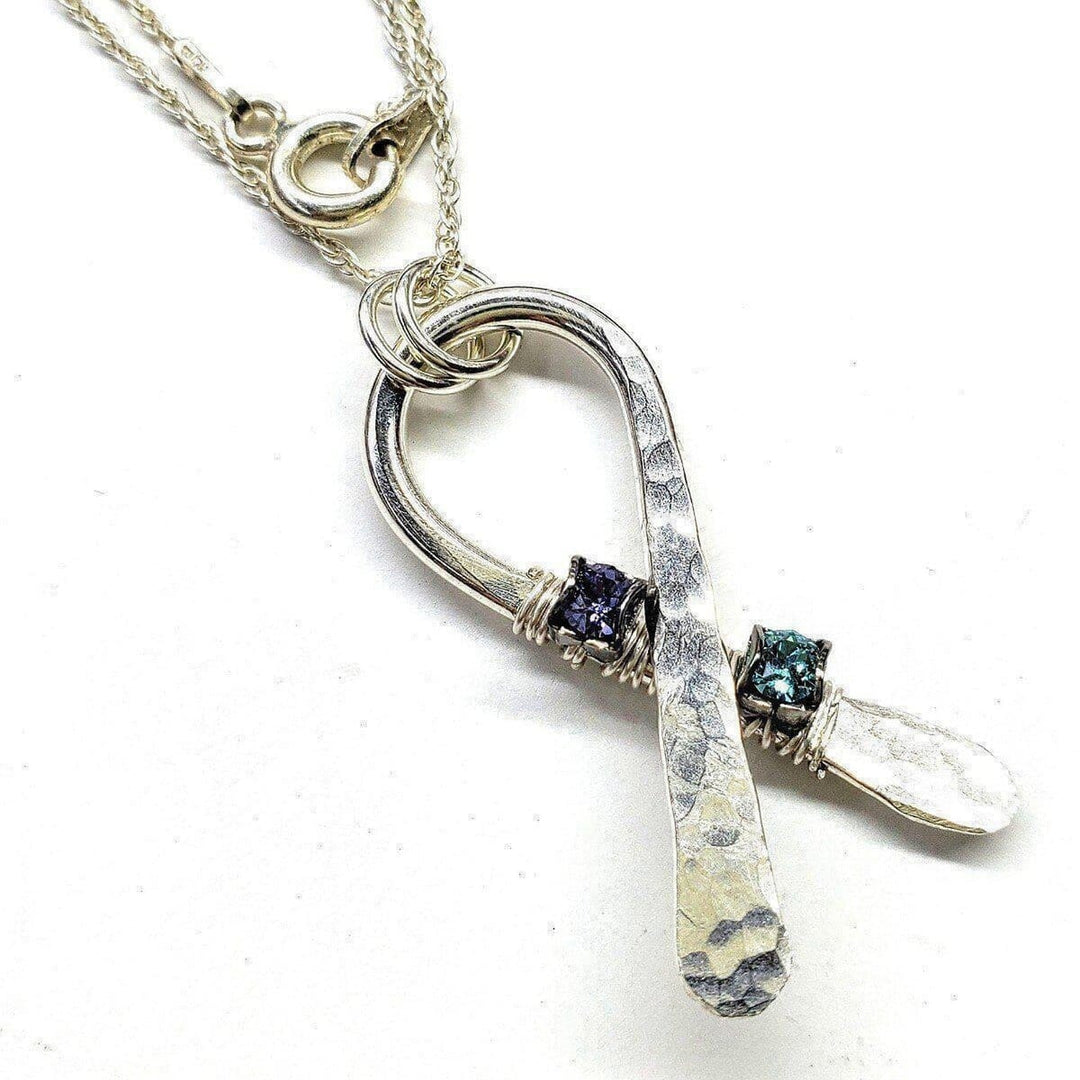
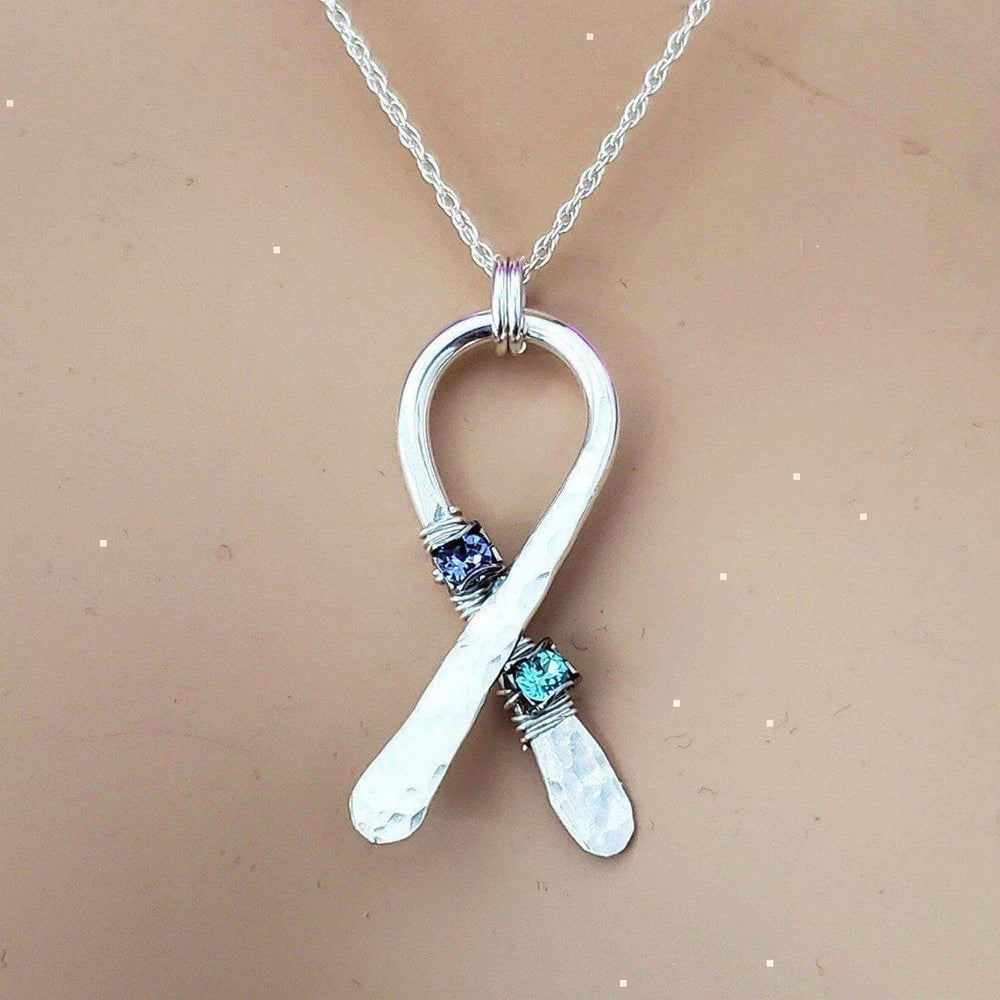
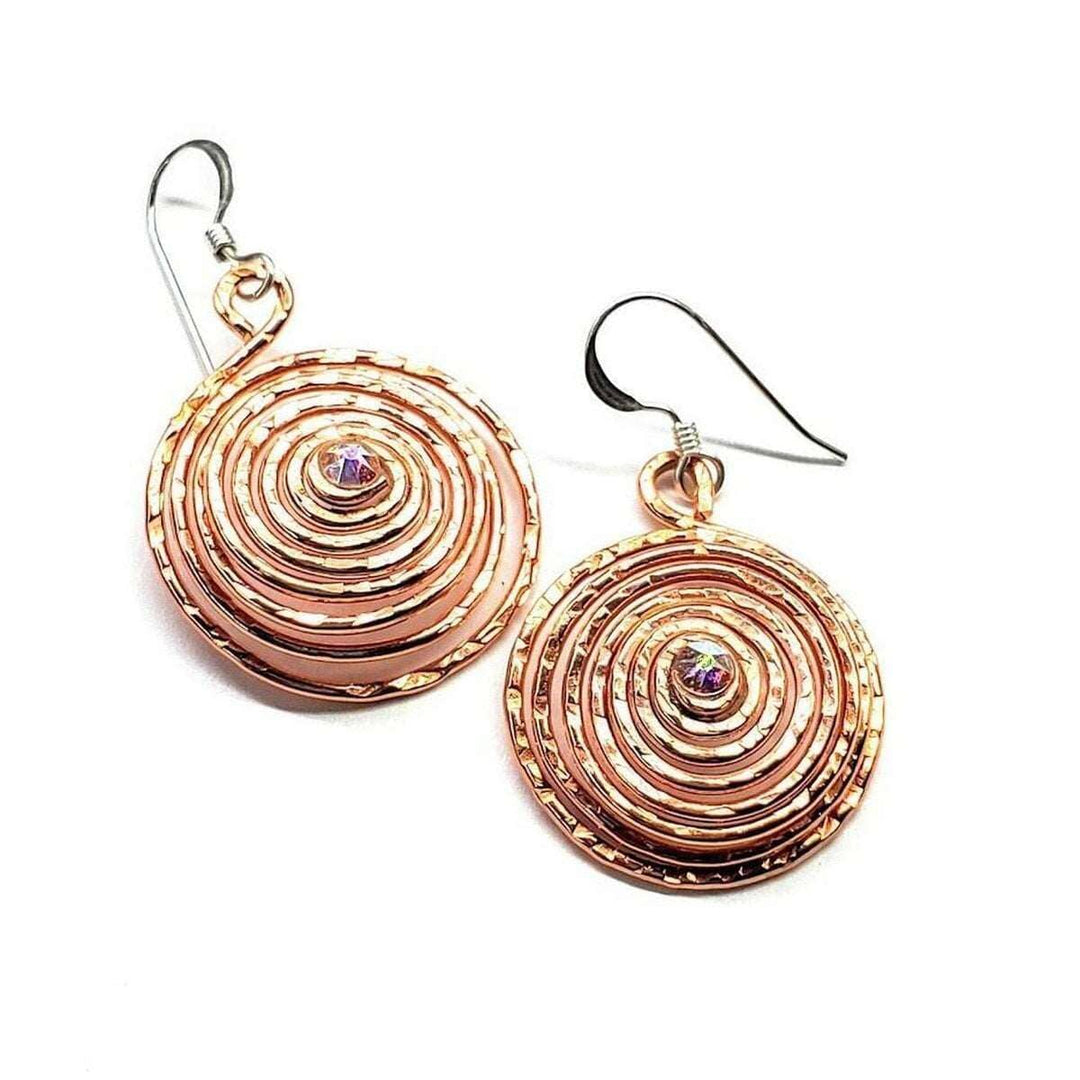
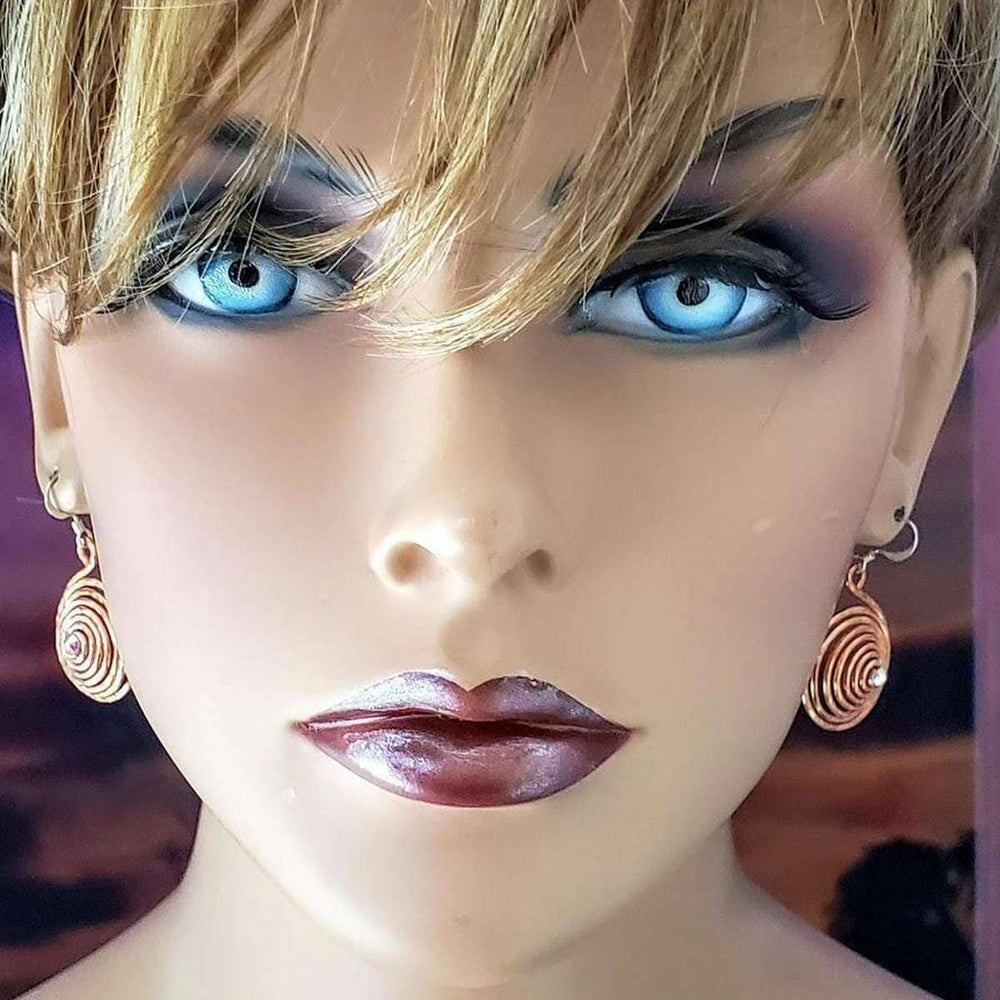
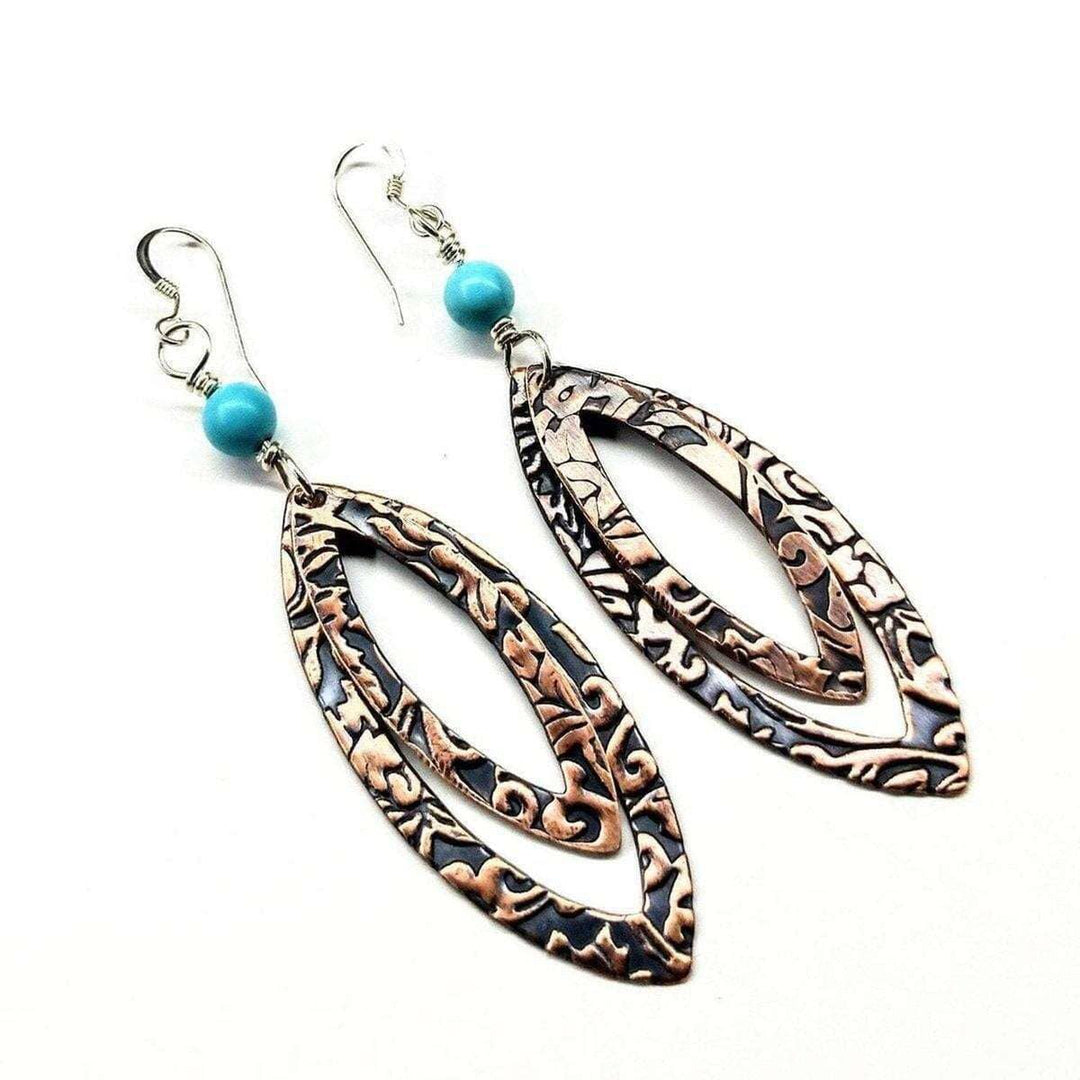


Leave a comment